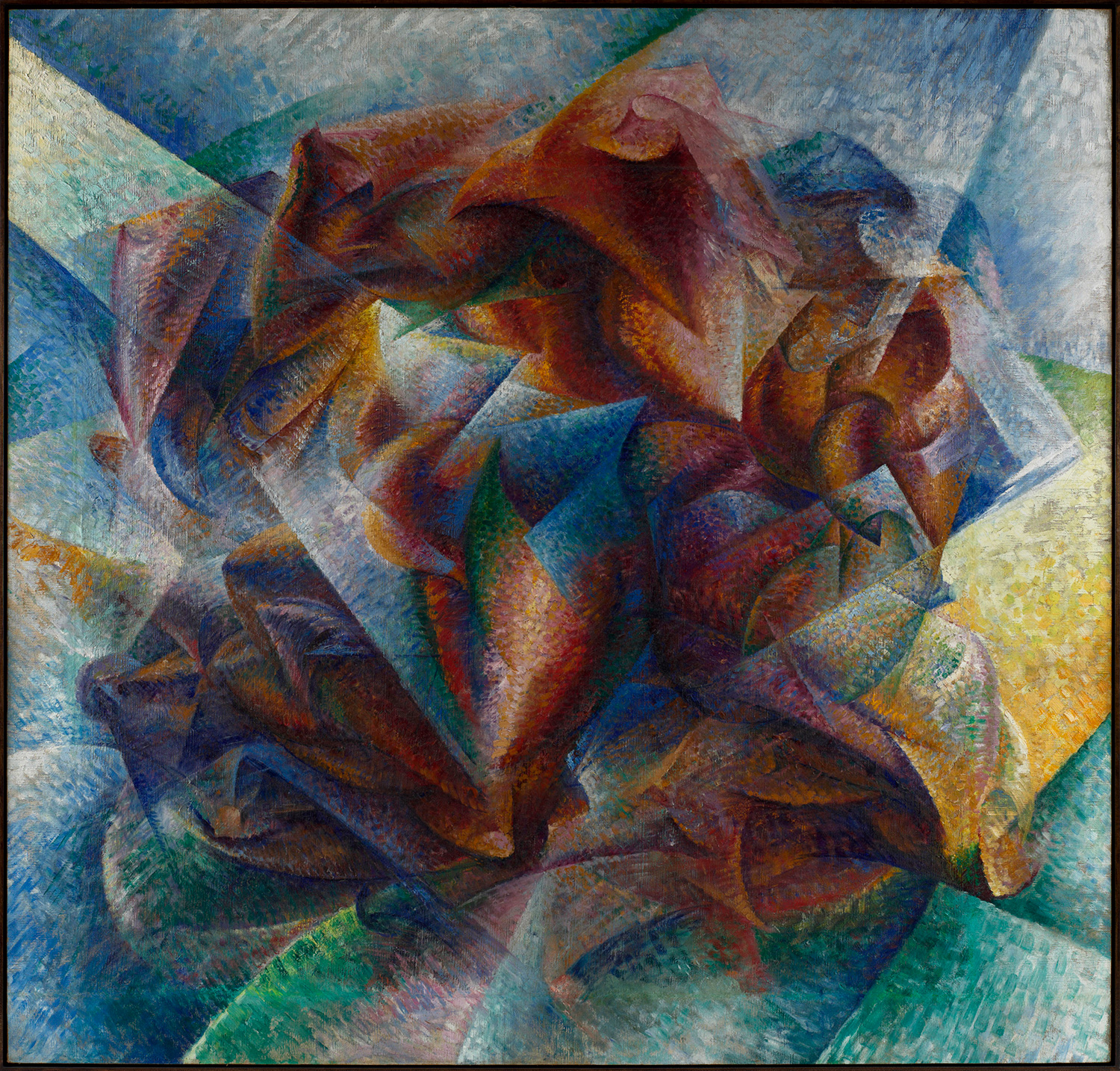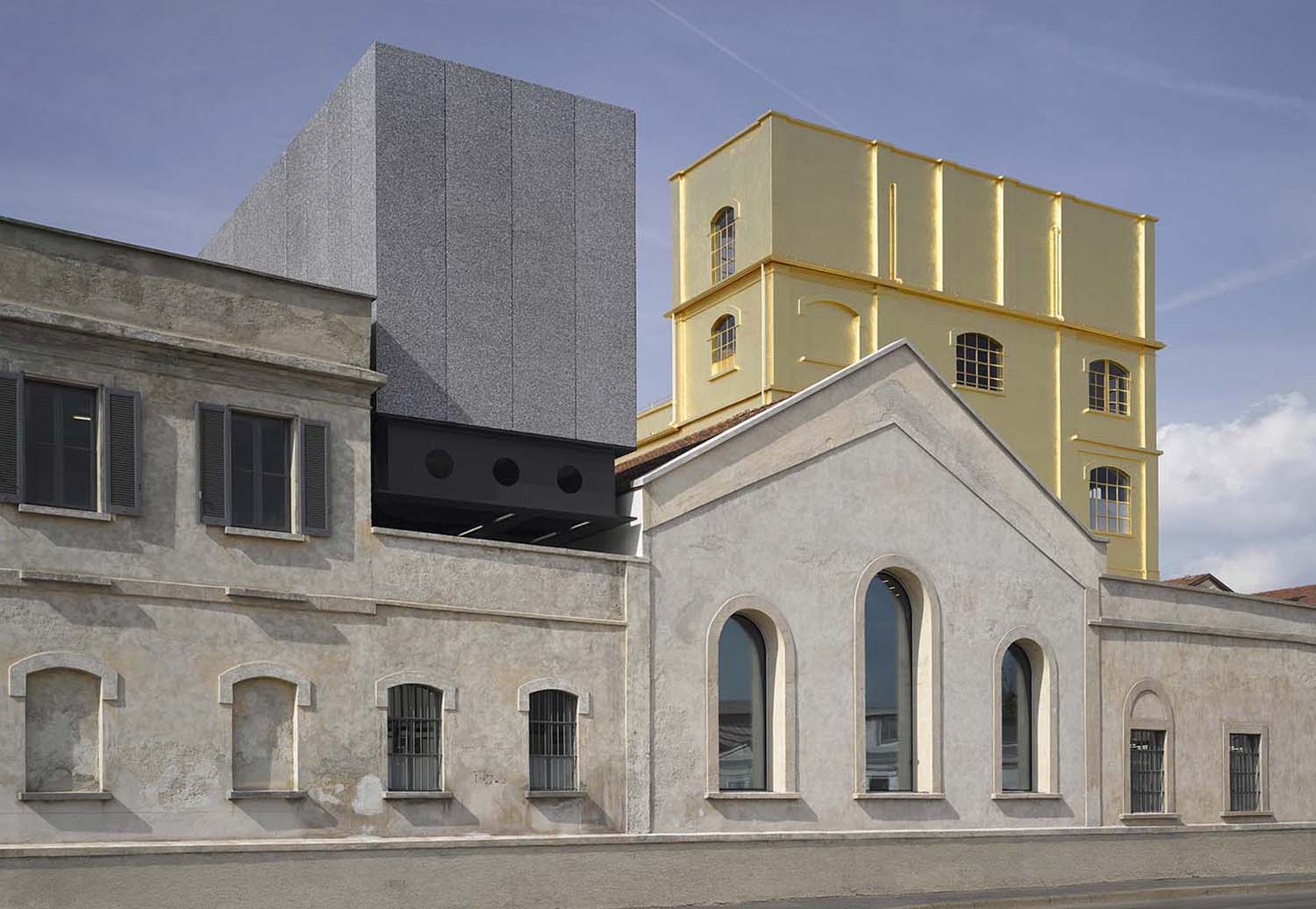
Last October, the New Yorker published an article by historian and New York University faculty member Ruth Ben-Ghiat, which asked why Italy has allowed its Fascist monuments to survive unquestioned. Ben-Ghiat uses the example of the Palazzo della Civiltà Italiana, erected in Rome in 1942 as part of Benito Mussolini’s master plan for a new neighborhood — the so-called EUR (Esposizione Universale Roma), the intended location of a world’s fair that never happened because of the war.
In 2004 the Palazzo was recognized by the state as a site of “cultural interest,” and today it hosts the headquarters of Fendi, one of the most characteristic “Made in Italy” fashion companies. While Ben-Ghiat legitimately notes the lack of a full-fledged Italian law against Fascist apologism (the 1952 Scelba Law prosecutes organizations and groups aiming to reconstitute the dissolved Fascist party, but it never prompted the removal of the most unambiguous aesthetic remnants of Fascism), her framing of the problem in terms of “Italians’ comfort with living amid Fascist symbols” feels relatively perfunctory, and doesn’t account for the subtle but certainly permeating feeling of discomfort that many Italians still share when confronted with the exquisite but equivocal creative achievements of the regime.
Never has this feeling been so acute for me than during my visit to Fondazione Prada’s largest endeavor to date: the exhibition “Post Zang Tumb Tuuum,” a chronological account of artistic production in Italy between Mussolini’s rise to power in the aftermath of World War I and his removal from office following Italy’s defeat in World War II. “PZTT” develops across twenty-four partial reconstructions of both public and private displays of works of art and decorative objects, alongside vitrines containing contextual historical documents. By reenacting the material and physical conditions of the art’s original presentations, curator Germano Celant and his team aim to revive the complex commingling of politics, ideology, and aesthetics that subtended the creation, exhibition, and reception of many universally recognized masterpieces of the Italian artistic avant-garde — the inextricable link between the artist’s ethos and the state’s agenda being precisely the source of the “discomfort” mentioned above.
“PZTT,” however, renders the artifacts’ historical backdrops ghostly. Its peculiar exhibition design sources installation views from the time; the images are enlarged to the original scale of the spaces, but treated so they appear more like distant visual memories than the actual overwhelming environments they document (conceived by Michael Rock’s 2 × 4 design studio, it is the acme of the language of semi-virtuality that qualifies Celant’s unmistakable approach to reenactment). Contextualized but freed from their alleged rhetorical function, the artifacts re-installed on the views are presented concretely. And what they spell out is precisely the Italian artistic avant-garde’s aesthetic grammar, of which the regime would recognize a linguistic potential, but whose subjugation to the narratives of state power would ultimately be short-circuited by the artist’s autonomy from Fascist ideology. “Their concept of art was too lofty for them to accept debasing it as a mere instrumentum regni,” writes art historian Elena Pontiggia in the exhibition catalogue.
Hence murals, for example — together with state exhibitions, a favorite platform of Fascism’s love affair with the arts — convey here the dynamics of the (Fascist) state appropriating the (avant-garde) artist’s invention. “PZTT” reconstructs Mario Sironi’s “wall” at the 18th Biennale di Venezia, on which the artist arranged in rigorous symmetry seven paintings of pastoral scenes. This would be Sironi’s last participation in a Biennale: he would desert temporary art exhibitions in order to fully dedicate himself to exploring the monumentality and unmediated readability of pictures, specifically, of mural painting. Yet this “wall” is already a mural; its classical composition and allegorical rendition of the life of Italians forestalls the language of the “Fascist” mural. Further in the exhibition, preparatory drawings and fragments of various artist commissions for public buildings (on view are Sironi’s multiple sketches for the frescoes of the Lecture Hall in the Ca’ Foscari University in Venice and those for the mosaic La Giustizia [Justice] for the Courthouse in Milan, among many others) aim to deconstruct the rhetorical functioning of “state art” by negating first of all its grandness — an approach that I would find more empowering for the (Italian) viewer than the “iconoclastic” covering of Fascist symbols, as suggested by Ben-Ghiat, for example.
If “PZTT” highlights and apostatizes the language of “state art,” it makes too little an effort to highlight its counter-language, or the art of creatives and intellectuals who were silenced, persecuted, and exiled by the regime. The exhibition does include the “feminine” flower bouquets and the demolitions of Rome’s historical center by Mario Mafai, the Apocalypse-inspired visions of Scipione (Gino Bonichi), and the portraits and landscapes painted by Carlo Levi during his confinement in Southern Italy. But these experiences remain at the periphery of the reconstructions and enrich their “context” without reconfiguring the “design” of the exhibition. To not fully spell out the anti-rhetorical grammar of these artists is a missed opportunity, especially for a research institution with a progressive agenda like that of Fondazione Prada.


